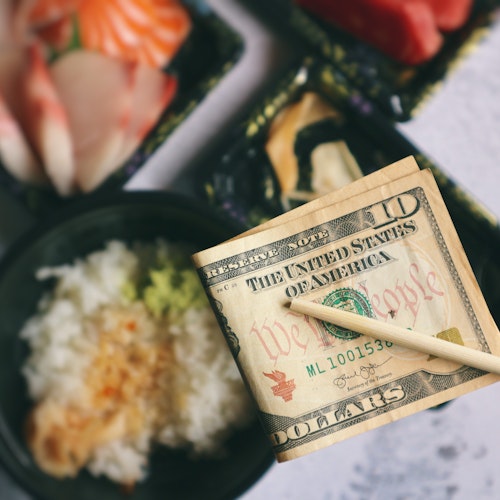
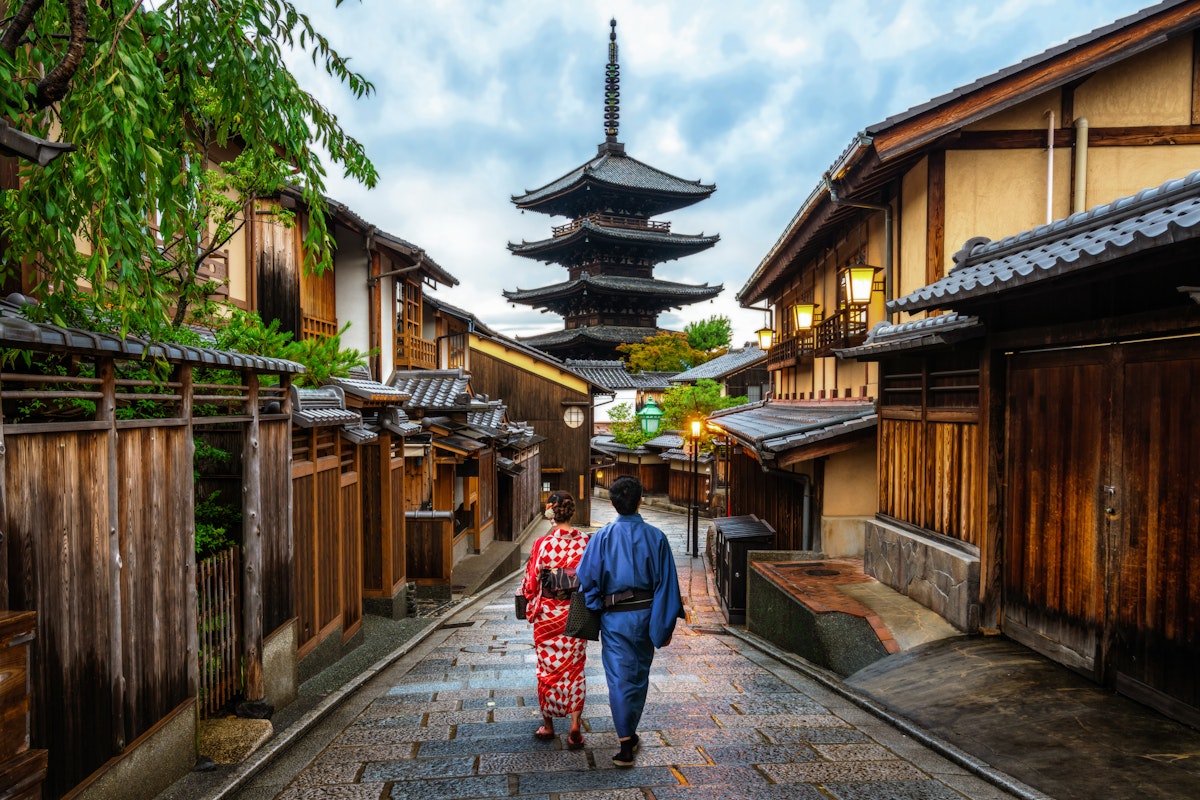
Kyoto, the heart of Japan and the country's ancient capital, is a city steeped in history and culture. Famous for its stunning temples, beautiful gardens, and traditional tea houses, Kyoto perfectly exemplifies the blend of old and new Japan. With its 17 UNESCO World Heritage Sites and over 1.5 million foreign visitors annually, it's no wonder that Kyoto has become one of Japan's top tourist destinations.
Choosing the right area to stay in Kyoto can significantly enhance your experience, and it's crucial to consider factors such as proximity to attractions, accessibility to public transport, and the type of accommodation available. Whether you are drawn to the hustle and bustle around Kyoto Station, the modern elegance of Downtown Kyoto, or the traditional charm of Northern and Southern Higashiyama, each area offers a unique taste of this fascinating city.
The Kyoto Station area is a bustling hub that offers a modern contrast to the city's traditional side. It's a great place to base yourself in Kyoto, especially if you plan to use the city as a jumping-off point for exploring other parts of Japan.
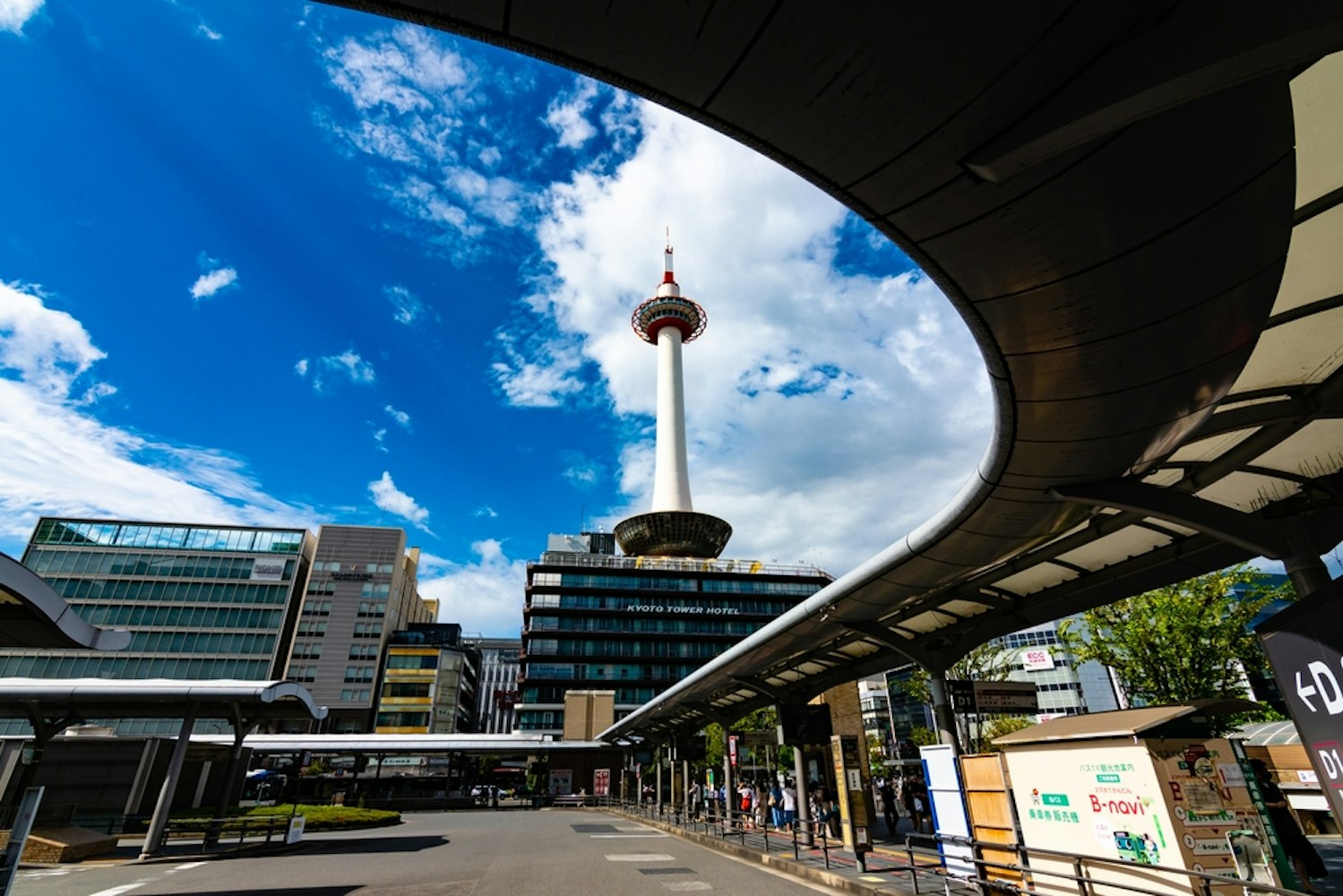
Kyoto Station itself is an architectural marvel worth exploring. Opened in 1997 to commemorate Kyoto's 1,200th anniversary, it's one of the country's largest buildings, boasting a futuristic design by famed architect Hiroshi Hara. The station houses a myriad of facilities, including a shopping mall, a hotel, a theater, and several government offices. The skyway tunnel "Daikaidan" offers a panoramic view of the city, and at night, the grand staircase leading to it lights up in a mesmerizing display.

Discover panoramic vistas from Kyoto Tower's observation deck.
Just opposite Kyoto Station stands the Kyoto Tower - the tallest structure in the city. This 131-meter high tower provides a stunning 360-degree view of Kyoto, stretching out to Osaka on clear days. At the base of the tower, you'll find a commercial complex housing souvenir shops, restaurants, and even a public bathhouse with a view!
The area around Kyoto Station offers a wide range of accommodations to suit every budget. For a luxury experience, the Hotel Granvia Kyoto, located within the station building itself, offers top-notch services and amenities. Budget travelers can opt for more affordable options like the Kyoto Tower Hotel or the numerous guesthouses and hostels scattered around the area.
One of the key advantages of staying in the Kyoto Station area is the convenience of transportation. As the city's main transportation hub, Kyoto Station offers easy access to local buses, taxis, and trains, including the Shinkansen (bullet train), which can whisk you away to cities like Tokyo and Hiroshima in no time. Additionally, the Kintetsu Kyoto Line and the Karasuma Subway Line make it easy to explore the city and its various attractions.
Downtown Kyoto is a bustling area packed with a wide variety of attractions. From the historic Teramachi and Shinkyogoku shopping streets to the contemporary Kyoto Art Center, there's something for everyone. This region is also home to several important temples, including Nishi and Higashi Honganji, adding a touch of spiritual serenity amidst the urban hustle.
The city center showcases Kyoto's modern side with its impressive architecture. Buildings like the Kyoto Station Building and the Kyoto Tower, which offer panoramic views of the city, are must-see landmarks.
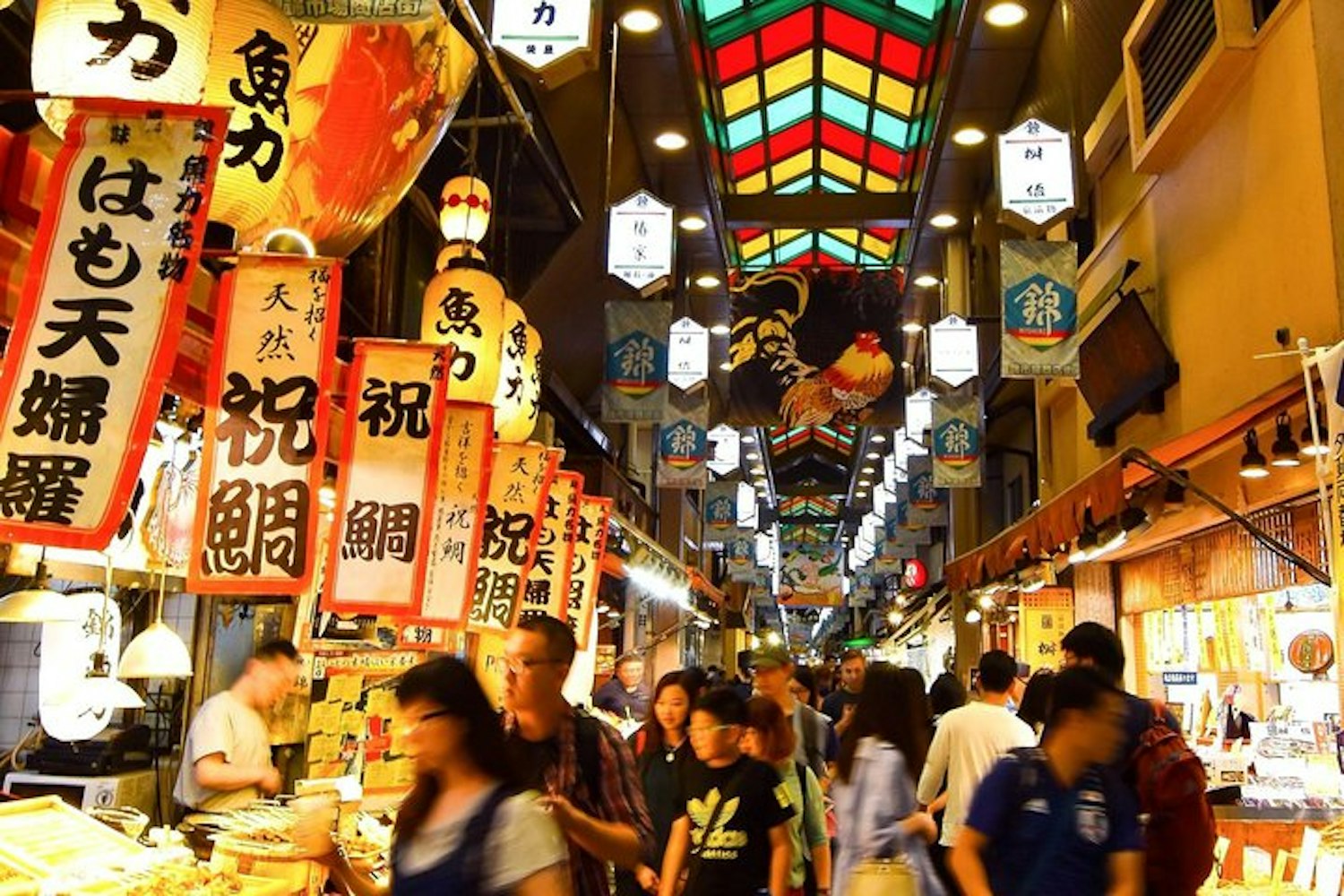
When it comes to accommodation, Downtown Kyoto offers a range of options from high-end hotels like The Ritz-Carlton and Hotel Okura, to budget-friendly guesthouses and hostels. Many of these places blend modern design with traditional elements, offering a unique stay experience.
Kyoto's downtown area is a food lover's paradise. You'll find everything from Michelin-starred restaurants serving traditional kaiseki meals to casual ramen shops and cozy cafes.
Don't miss trying local specialties like yudofu (tofu hot pot) and matcha-flavored sweets. For a unique dining experience, Pontocho Alley, lined with numerous eateries, offers riverside dining during the summer months.
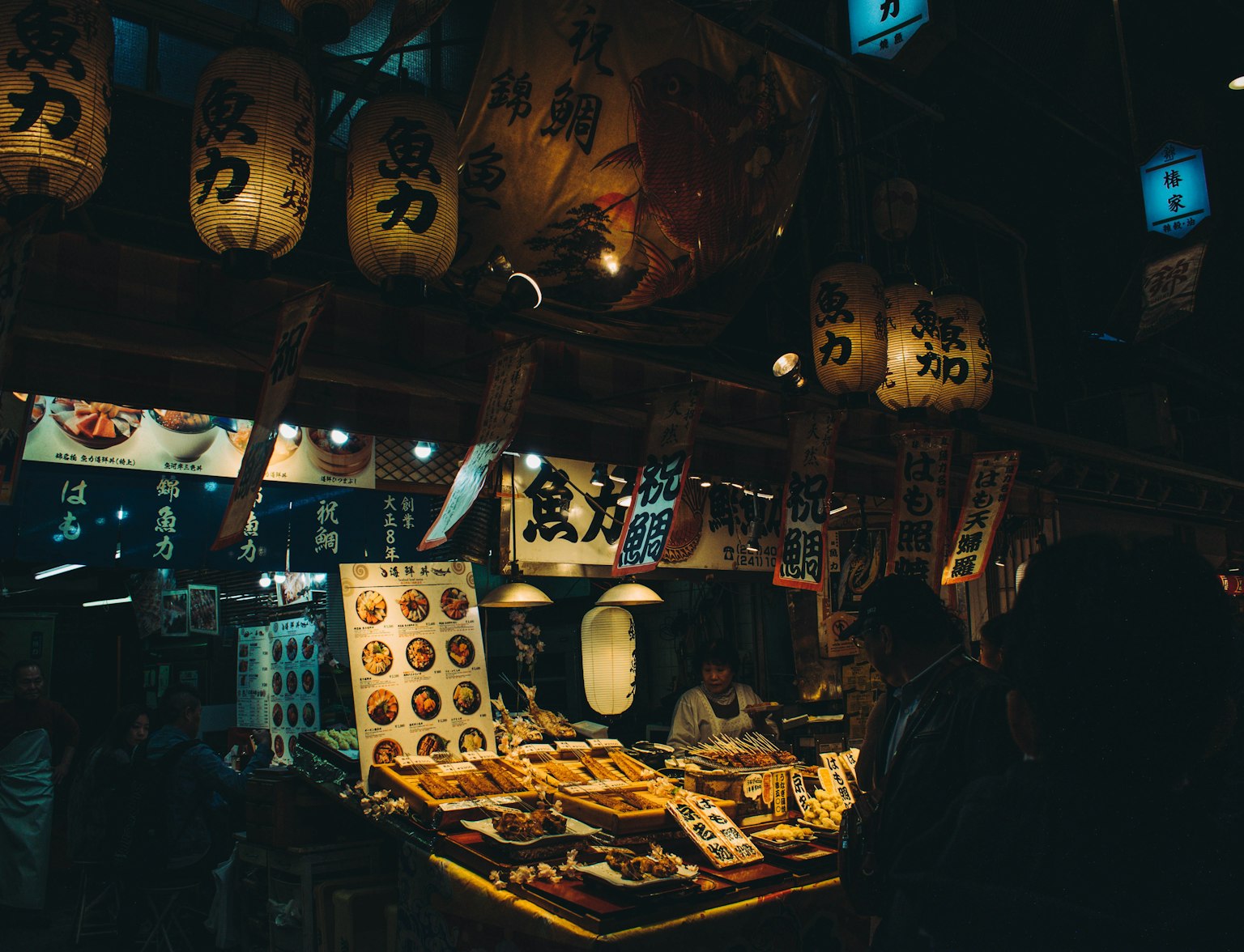
Explore Kyoto's historic Pontocho and Gion Shirakawa areas in an evening food walk.
Just a short walk away from the city center is Nishiki Market, often referred to as "Kyoto's Kitchen". This bustling market street is lined with hundreds of food stalls and shops selling a variety of fresh local produce, seafood, and Kyoto specialties like pickles and Japanese sweets. It's an ideal place for foodies to explore, sample local flavors, and even buy some unique souvenirs.
Central Kyoto is a charming blend of the city's rich history and its modern urban development. The area is home to several significant landmarks, including the Kyoto Imperial Palace and its surrounding gardens.
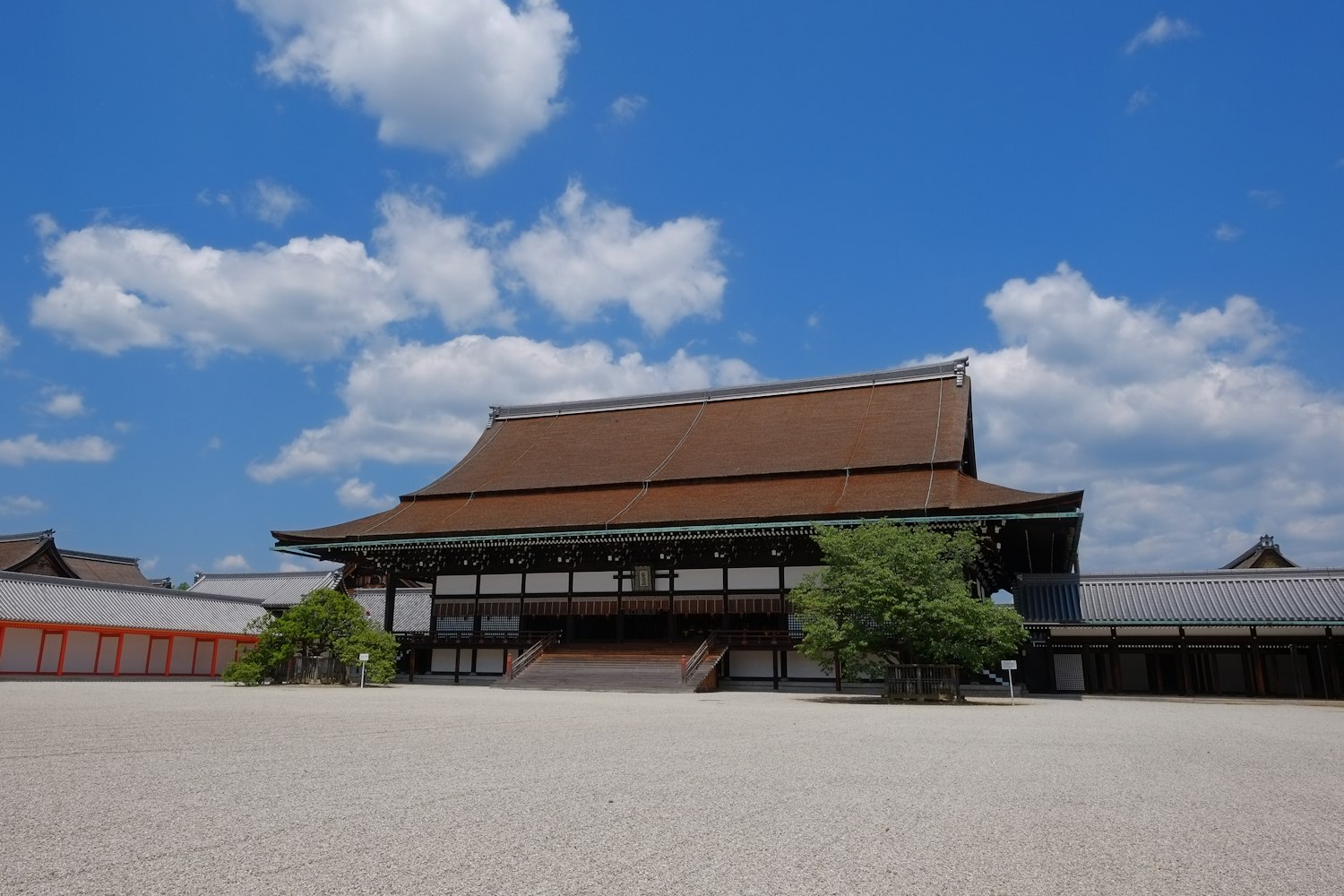
One of the main advantages of staying in Central Kyoto is its strategic location. It's conveniently situated within easy reach of various attractions, shopping districts, and dining options. Whether you're planning to shop at the vibrant Nishiki Market, dine at Pontocho Alley, or visit the numerous temples scattered around the city, everything is just a short distance away.
The Kyoto Imperial Palace, located in the vast Kyoto Imperial Park, is undoubtedly the jewel of Central Kyoto. This grand palace was the residence of the Imperial family until the capital moved to Tokyo in 1869. With its classic Heian-era architecture and beautifully manicured gardens, the palace offers a glimpse into Japan's regal past. Guided tours are available, but note that they need to be booked in advance.
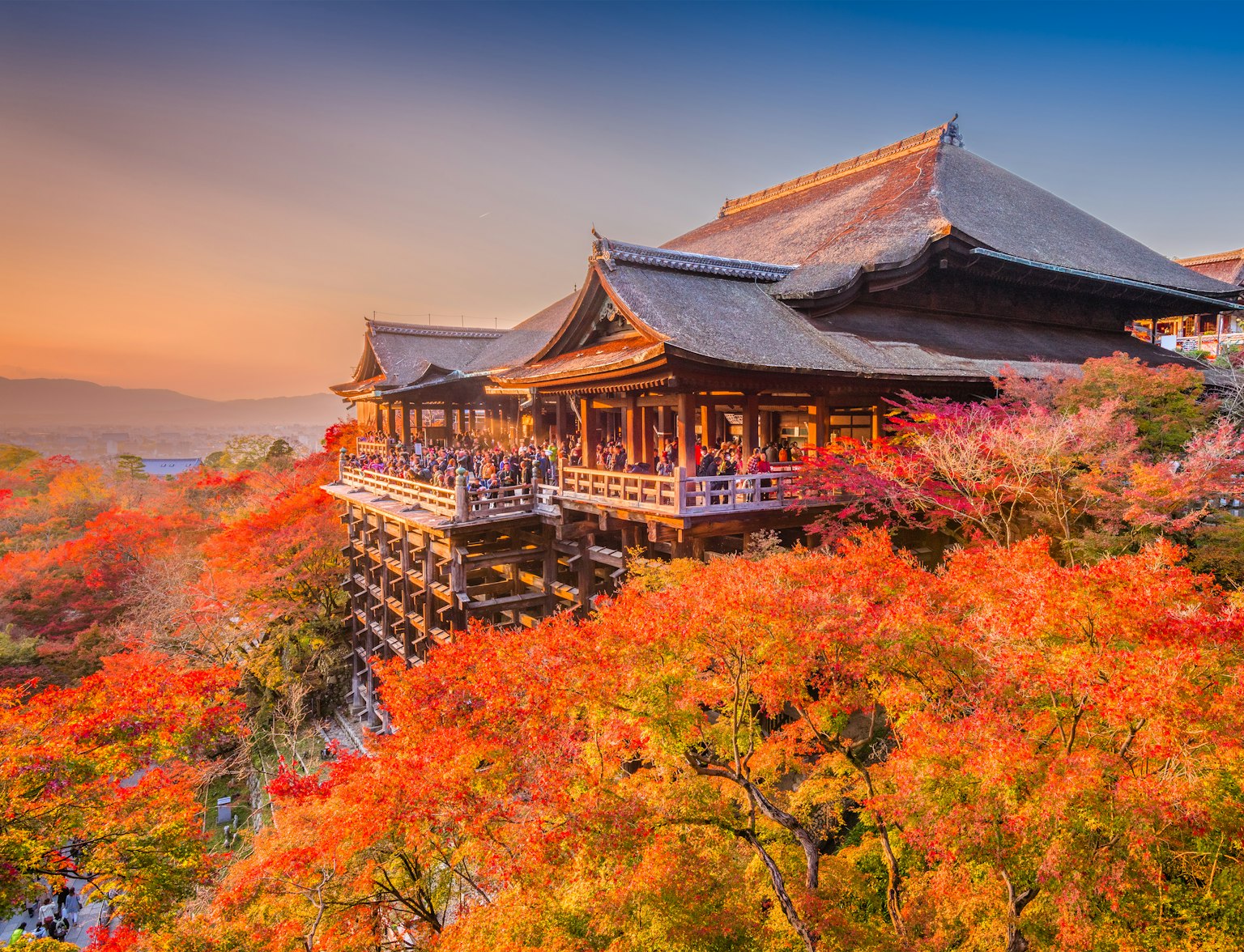
Step into the imperial past as you visit the Kyoto Imperial Palace.
Central Kyoto boasts a variety of accommodation options catering to different budgets and preferences. For those seeking luxury, the Royal Park Hotel offers elegantly designed rooms and top-notch facilities.
It's conveniently located near the Imperial Palace and provides easy access to the Marutamachi Subway Station. If you prefer boutique accommodations, the area has plenty of ryokans (traditional Japanese inns) and guesthouses that offer a more authentic experience.
Central Kyoto's accessibility is further enhanced by its proximity to two major subway stations - Marutamachi and Kyotoshiyakusho Mae. These stations provide easy access to Kyoto's extensive subway network, making it convenient for you to explore the city and beyond. Whether you're heading to the Fushimi Inari Shrine in the south or the Arashiyama bamboo grove in the west, these subway lines will get you there quickly and efficiently.
Northern Higashiyama, located on the eastern edge of Kyoto, is an area steeped in history and natural beauty. It's home to some of the city's most iconic landmarks and offers a peaceful contrast to the urban bustle of central Kyoto.
Northern Higashiyama boasts several historical sites, including Kennin-ji, the oldest Zen temple in Kyoto, and Nijo Castle, a UNESCO World Heritage Site. Kennin-ji, founded in 1202, is known for its stunning screen paintings and tranquil Zen gardens. Nijo Castle, on the other hand, is famed for its ornate interiors, "nightingale floors" that chirp when walked on, and expansive gardens.
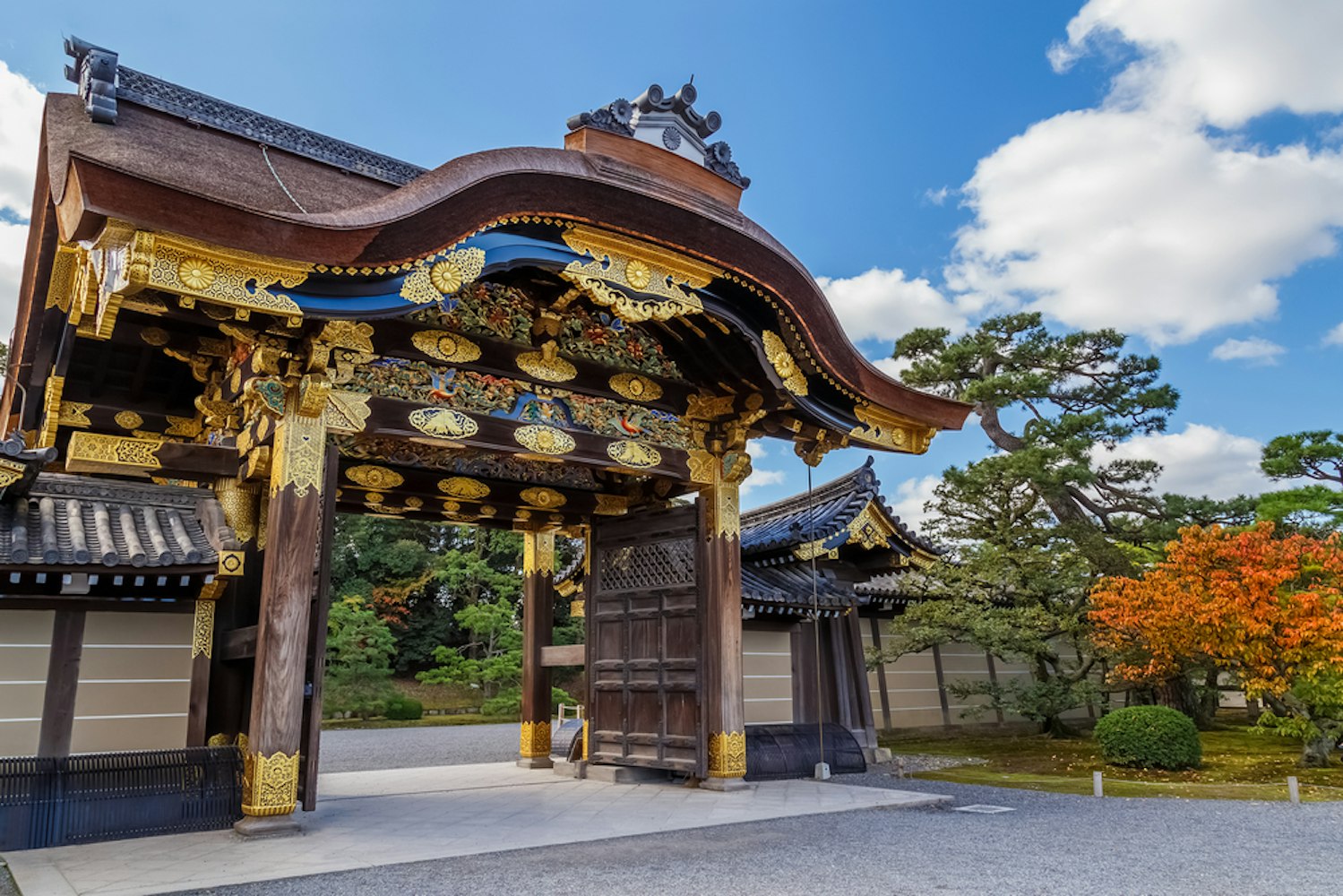
The area is also renowned for its beautiful Japanese gardens. The garden at the Heian Shrine, designed by famous landscape architect Ogawa Jihei, is particularly noteworthy. It features a large pond, stone lanterns, weeping cherry trees, and an array of seasonal flowers, offering a serene escape from the city. Another must-visit is the Philosopher's Walk, a scenic path along the canal lined with hundreds of cherry trees.
Just west of Northern Higashiyama lies the Kamogawa River, a popular spot for riverside dining and leisurely strolls. You can also enjoy traditional cormorant fishing performances during the summer months.
Other nearby attractions include the Gion District, known for its preserved machiya houses and geisha culture, and Yasaka Shrine, one of the city's most famous shrines known for hosting the Gion Matsuri, Kyoto's biggest annual festival.
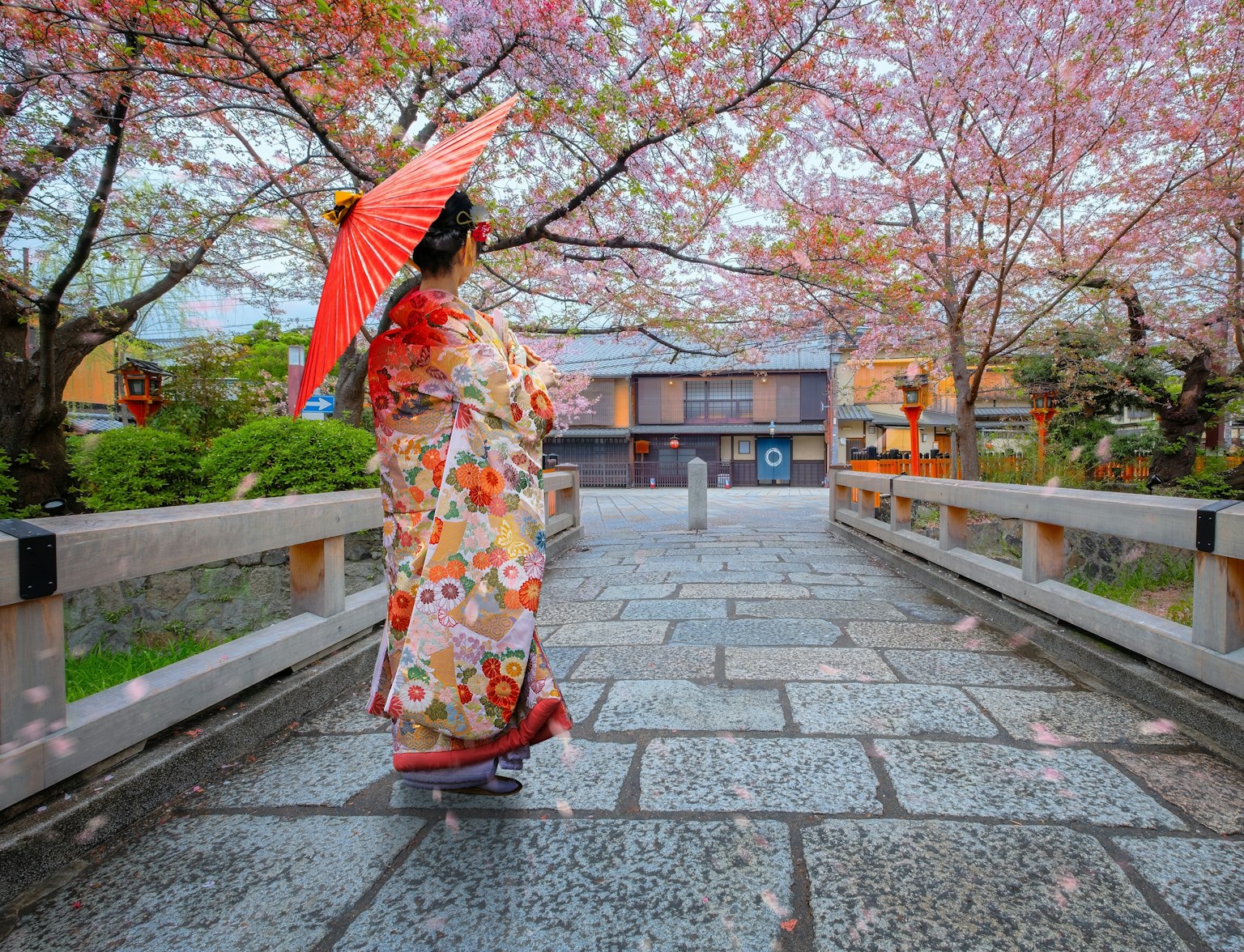
Experience the enchanting world of Gion on this 3-hour guided tour.
Southern Higashiyama, home to a wealth of temples and traditional neighbourhoods, is one of the most atmospheric corners of Kyoto. The area's narrow lanes, wooden buildings, and traditional shops transport visitors back in time, offering a glimpse into the city's rich past.
Southern Higashiyama is particularly enchanting during the cherry blossom season. The Philosopher's Walk, a scenic path that stretches from Ginkaku-ji to Nanzen-ji, becomes a tunnel of pink blossoms, making it a popular spot for hanami (cherry blossom viewing) parties.
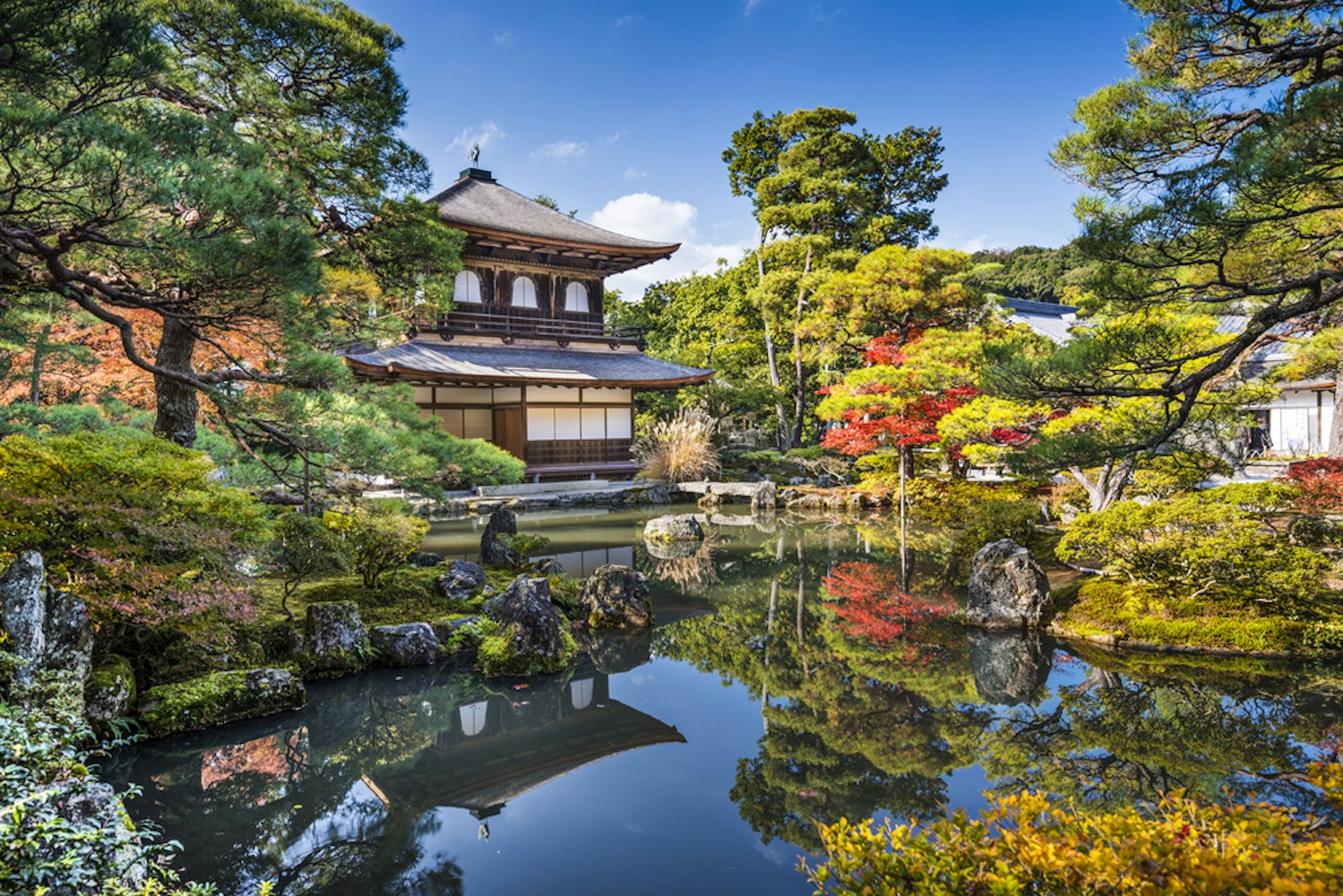
Another excellent spot is Maruyama Park, where a large weeping cherry tree is dramatically lit up at night during the Sakura season.
Accommodation in Southern Higashiyama provides a unique opportunity to experience the traditional Japanese lifestyle. Many ryokans (traditional inns) offer tatami-matted rooms, futon beds, and communal baths, allowing you to immerse yourself in the local culture. Meals often feature kaiseki cuisine, a traditional multi-course dinner that showcases seasonal and local ingredients.
Southern Higashiyama is also known as a cultural hub due to the presence of the Gion district, famous for its geiko (Kyoto dialect for geisha) and tea houses. Walking through the district's preserved machiya houses offers a taste of old Kyoto.
Nearby Maruyama Park, the city's oldest public park, is a lovely place to relax and enjoy nature, especially during the cherry blossom season.
No visit to Southern Higashiyama would be complete without visiting the Fushimi Inari Shrine, known for its iconic red torii gate pathway that winds up the Inari Mountain. It's one of Kyoto's most important and visited Shinto shrines.
For families with kids, the Kyoto Aquarium in the area is a great attraction, showcasing a variety of marine life including dolphins, penguins, and Japan's giant salamanders.
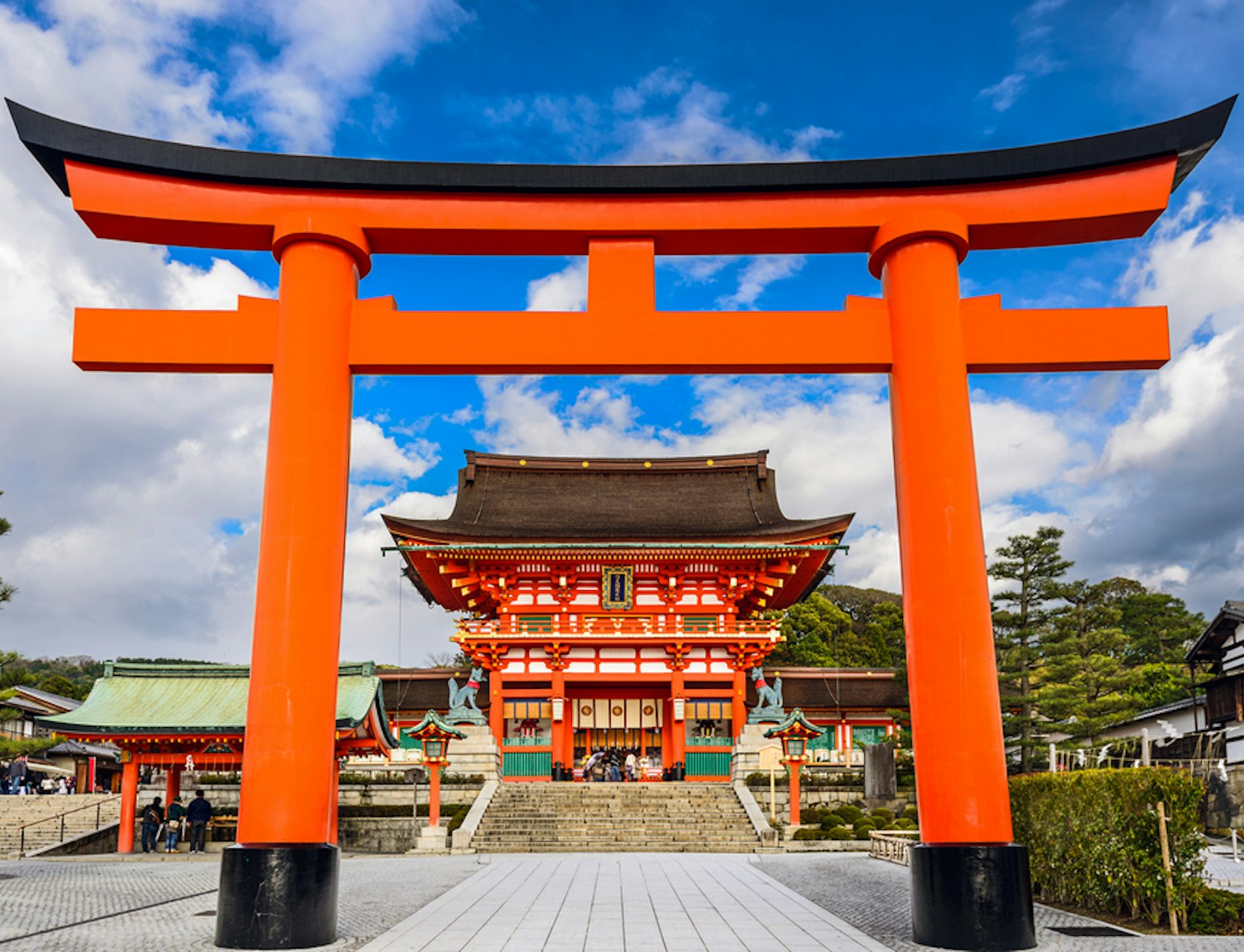
Visit the iconic Fushimi Inari Shrine with this tour.
When it comes to accommodations, Kyoto offers a variety of options ranging from luxury hotels to traditional ryokans. For those seeking a modern touch, boutique hotels like Hotel Kanra offer modern rooms with Western-style beds and contemporary amenities. These hotels are often centrally located, within walking distance from key attractions and Kyoto train stations, making them a convenient location for exploring Kyoto.
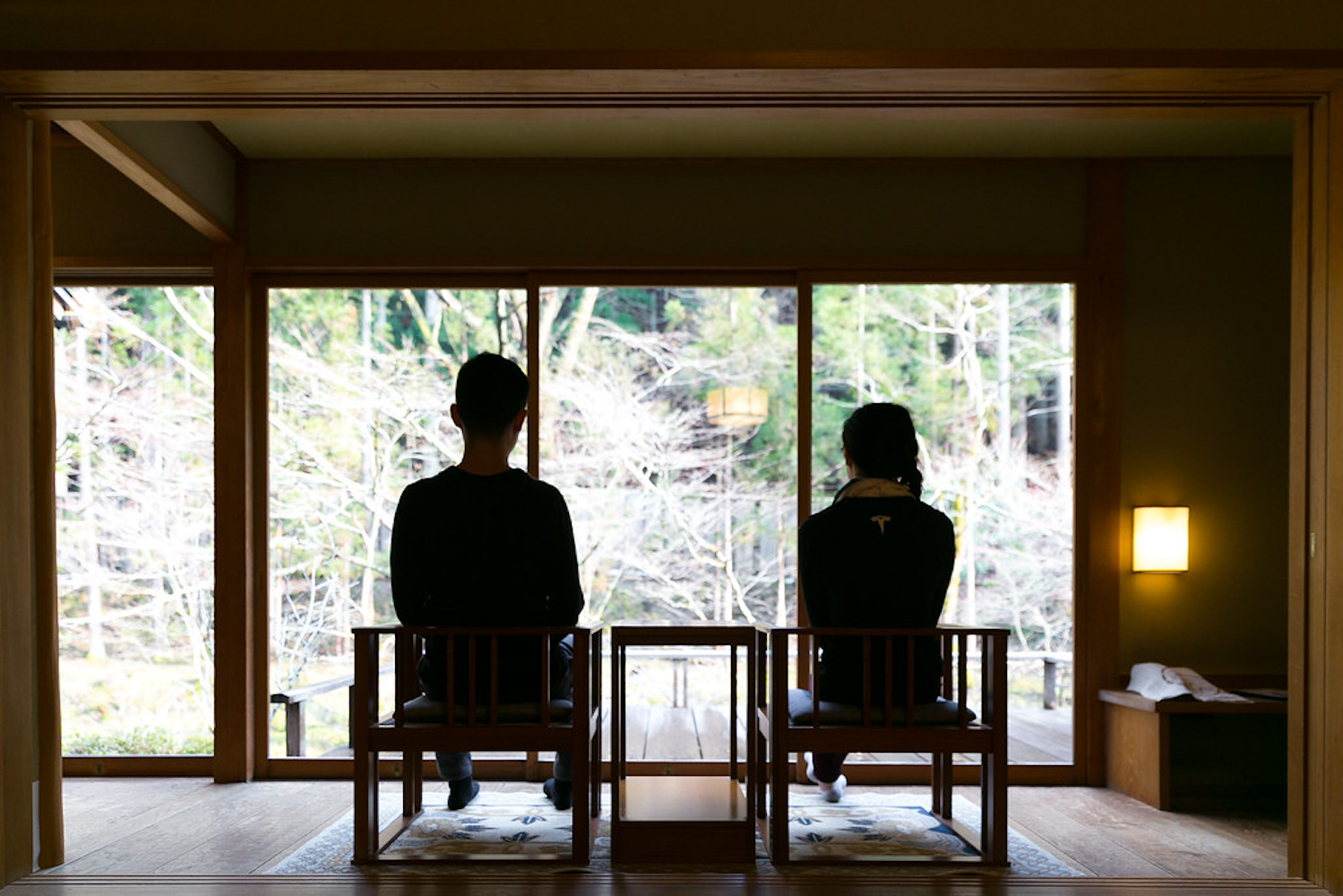
On the other hand, if you want to experience traditional Japanese style, you might opt for a ryokan. These traditional inns offer Japanese-style rooms with tatami mats and traditional futon beds. Some even offer the opportunity to participate in a traditional Japanese tea ceremony, a cultural experience not to be missed when visiting Japan.
As we conclude our exploration of the best areas to stay in Kyoto, it's apparent that this city has a neighborhood for every type of traveler. Whether you're a history buff, a foodie, a shopaholic, or a nature lover, Kyoto's diverse districts offer a multitude of experiences.
From the historic charm of Higashiyama to the bustling streets of Downtown Kyoto, from the serene beauty of Arashiyama to the modern flair of Central Kyoto, each area presents its own unique flavor. So, as you plan your trip to Kyoto, remember to choose a district that resonates with your travel style and preferences. After all, the right location can elevate your Kyoto journey from memorable to unforgettable.
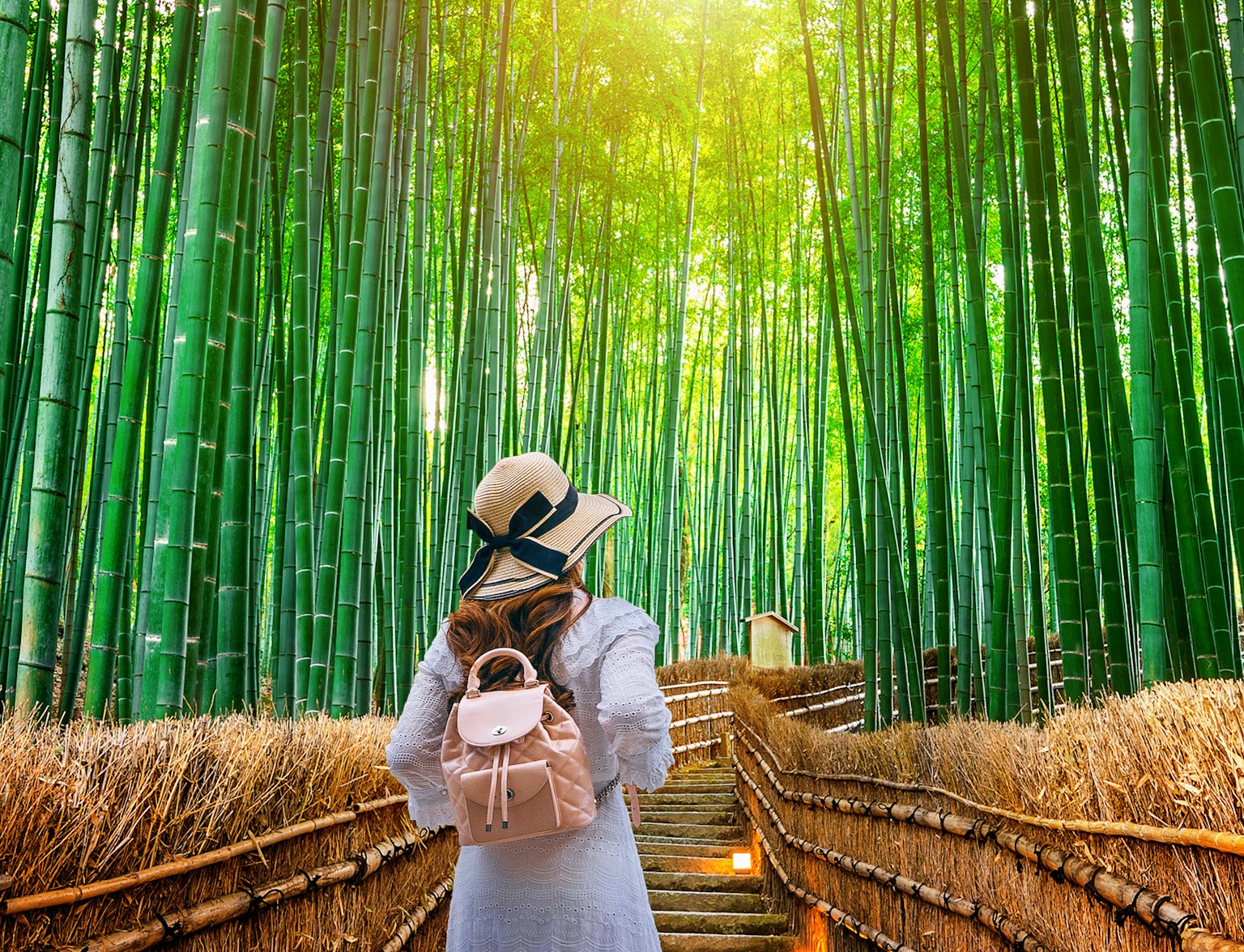
Immerse yourself in Arashiyama's stunning landscapes with our inclusive walking tour.
Shirakawa-dori is often regarded as the most popular street in Kyoto, renowned for its traditional Japanese culture and beautiful Japanese garden settings. Hanamikoji Street, situated in the Gion district, is another famous street in Kyoto that harks back to Japan's yesteryear. Ishibe Koji, a traditional alley situated between Kiyomizu-dera and Yasaka Shrine, is considered one of the most beautiful streets in the city. These streets are perfect for those visiting Kyoto and looking to explore Kyoto's rich history and culture.
Kyoto City Centre, also known as Kyoto-shiyakusho Mae, is marked by its blend of modern architecture and traditional elements. It offers a central location with great transportation options, including local buses and a train station, making it convenient for exploring Kyoto. The area is home to a variety of accommodations, from luxury hotels to boutique hotels and guest rooms.
The downtown area of Kyoto is commonly referred to as Shijō Street. Known for its great location, Shijō Street is one of the best places to explore on foot in Kyoto, whether you're interested in shopping, dining at restaurants nearby, or simply taking in the local culture.
The best area to stay in Kyoto largely depends on your personal preferences. If you're looking for a modern hotel with western-style rooms and modern amenities, Kyoto City Centre might be your best bet. For those interested in traditional rooms and a taste of Japanese culture, the neighborhoods around Hanamikoji Street or Shirakawa-dori are great options.
Teramachi Street is a popular shopping spot in Kyoto, offering an interesting mix of traditional and modern shops. Another main shopping street is Shijō Street, which offers a variety of stores, boutiques, and markets. Nishiki Market, located near Shijō Street, is renowned as "Kyoto's Kitchen" and is a must-visit for food lovers on their Japan trip.



